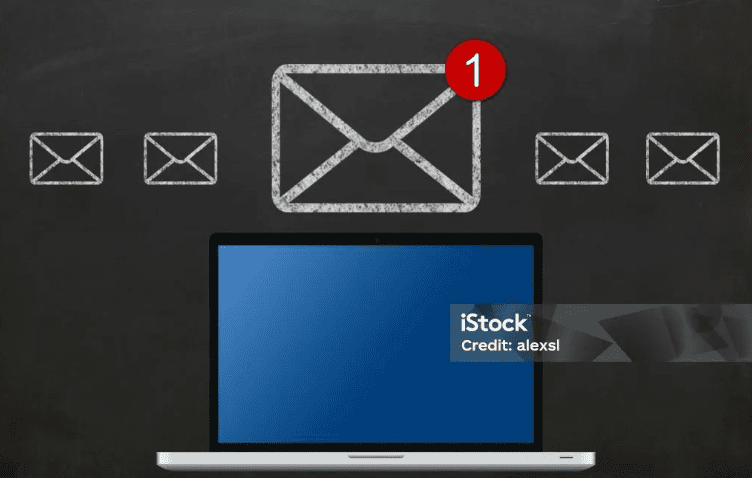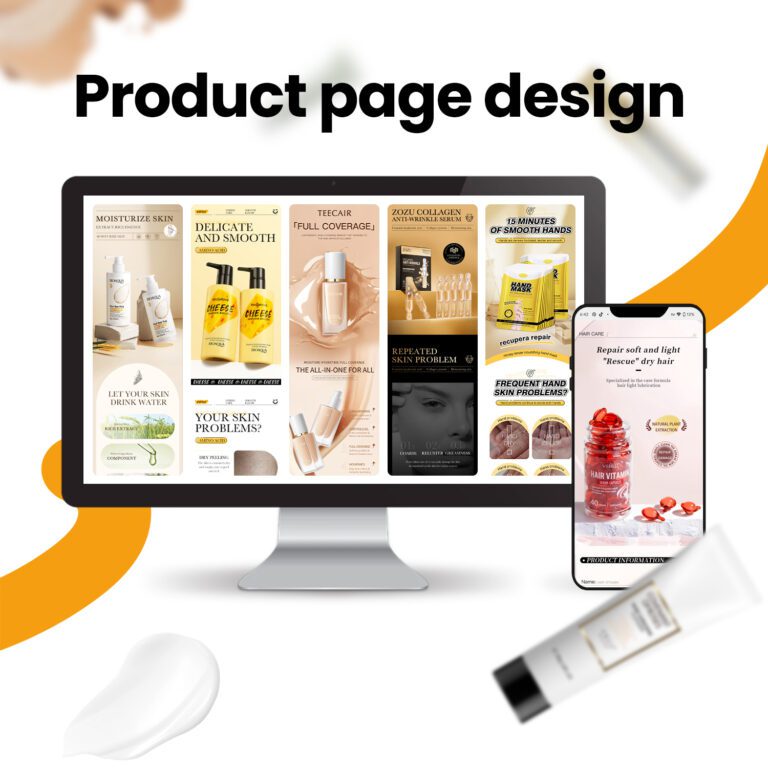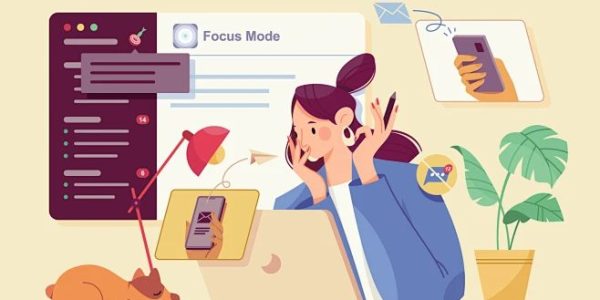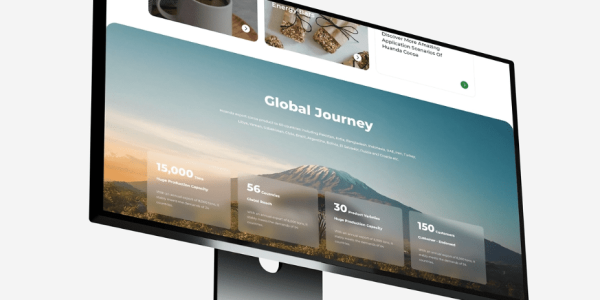Tips on email marketing design techniques
Every well-designed email is a messenger that delivers brand value, stimulates interest, and drives purchases. At Airsang Design, we believe the key to standing out in a crowded inbox lies in clever design and sending techniques. Next, we’ll explore the key elements that make email marketing successful.

1.Email Marketing Design Tips
-Subject Line Design-
Keep subject lines brief and clear, e.g., “Limited time sale! [Brand name] 20% off all items.” Personalize with the recipient’s name or curiosity-driven phrases, like “[Name], exclusive offer not to be missed.” For more information, visit Shopify.
-Email content layout-
-Visual appeal-: A clear layout with large titles, concise subtitles, and simple color schemes enhances content hierarchy and brand consistency.
-Responsive design-: Ensure emails display well on all devices, especially mobile, using a single-column layout for optimal readability.
-Content quality-
Provide valuable email content, such as exclusive offers, industry news, or practical tips. For example, beauty brands can share makeup tutorials and new product trials, and e-commerce brands can provide limited-time discount codes and promotion previews.
Customize email content based on recipient interests and purchase history, e.g., new products or maintenance tips for sports equipment users. Tailor emails for different user types to improve targeting.
-Add interactive elements-
Use eye-catching buttons like “Buy Now” and “Learn More” with contrasting colors for easy clicks. In product emails, place the “Buy Now” button near the product image and price for direct access.
Add social media links (Facebook, Instagram, Twitter) and sharing buttons to encourage users to spread content and follow the brand.

2.Email Marketing Sending Tips
-Test different times –
If there is not enough data, you can conduct a small-scale test to find the best time to send by comparing the open rate and click rate at different times.
Choose the right time to send – Determine the best time to send based on user behavior data. B2B emails can be sent from 9am to 11am or 2pm to 4pm from Tuesday to Thursday, while retail emails are suitable for weekends or evenings.
-Control the frequency of sending-
Avoid overwhelming users with too many emails to reduce unsubscribe or spam risks. Retail brands should send 1-2 emails per week, except for promotions or urgent updates.
Maintain regularity
Develop a stable sending plan, such as sending monthly discounts on the first day of each month and sending new product recommendations every Wednesday, to help users develop the habit of checking emails.
-Email list management –
Segment email lists: Group users based on their characteristics, behaviors, and interests, such as geographic location, age, purchase frequency, etc., to send more targeted emails and improve results.
Clean up invalid email addresses: Regularly clean up invalid email addresses to avoid wasting resources and affecting delivery rates. Use email verification tools to delete or mark email addresses with a high number of bounced emails.
-Comply with laws, regulations and email service provider regulations-
Privacy policy: Follow privacy regulations when collecting and using user email addresses, clearly inform the purpose and whether to share, and obtain user consent.
Anti-spam regulations: Comply with local and international anti-spam regulations (such as the CAN-SPAM Act), ensure that emails contain accurate sender information and clear unsubscribe methods, handle unsubscribe requests in a timely manner, and avoid deceptive content.

Conclusion
In the wave of digitalization, email marketing is a valuable yet often underestimated tool. At Airsang Design, we recognize its power to reach target customers effectively, though it faces the risk of being overlooked or flagged as spam in the flood of information.

















2 comments
lahiguera
Hi are using WordPress for your site platform?
I’m new to the blog world but I’m trying to get started and create my own. Do you require any coding knowledge to make your own blog?
Any help would be greatly appreciated!
Jason
“Yes, our website is built with WordPress. It’s perfect for personal blogs and can also be used as an e-commerce store. If you’re starting your own blog site, follow us—we’ll be sharing everything about WordPress, from tutorials to content strategy!”